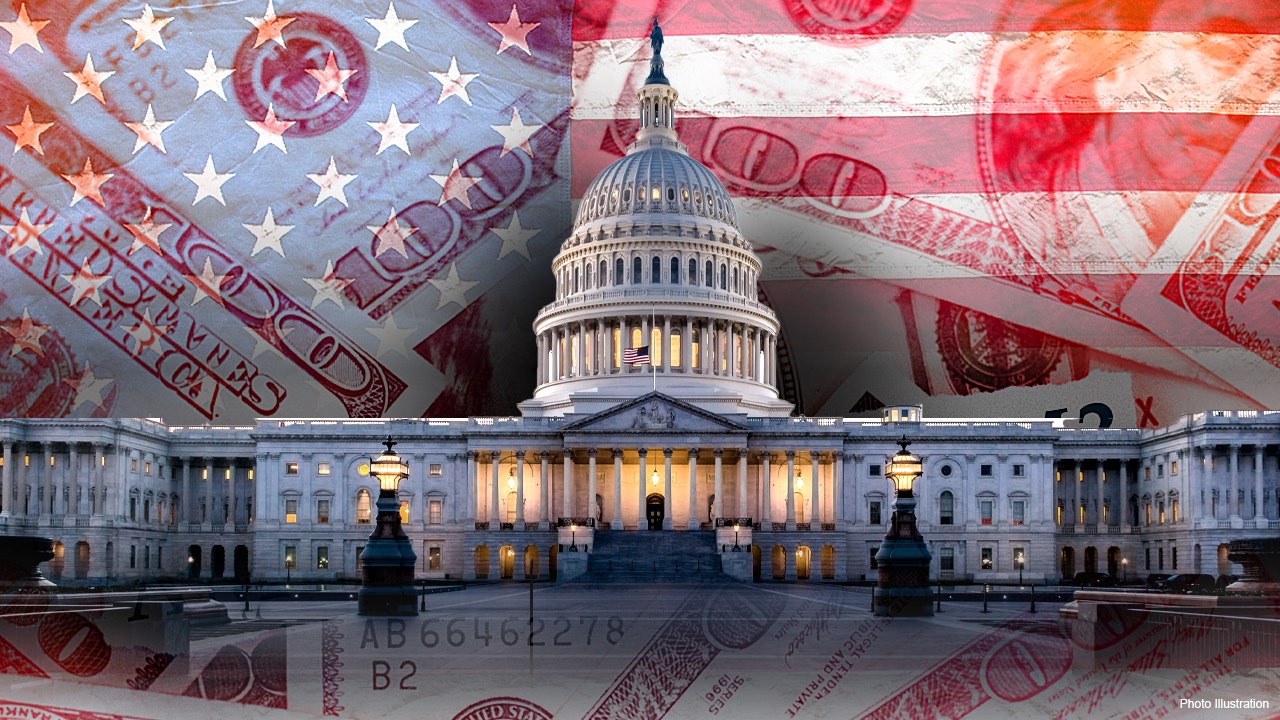Fashion
How the fashion industry is using its cultural clout in the US election – and why it matters

The fashion industry is mobilising its marketing machine to encourage Americans to vote in November’s presidential election, and it’s clear they want Kamala Harris to win.
The industry’s intervention in the race to the White House has increased since 2016, when US Vogue endorsed Hilary Clinton. This was the first time in its 100-year history that the fashion bible had put its weight behind a presidential candidate.
In this year’s tight and polarised contest between Harris and former president Donald Trump, fashion designers and brands are being bolder and even more vocal to ensure the current vice president becomes “47” – a numerical nickname for the 47th president of the United States. These political interventions are significant because they demonstrate that the fashion industry is prepared to use its cultural clout to steer consumer behaviour and drive social responsibility.

At the start of New York Fashion Week in September, Anna Wintour, editor-in-chief of US Vogue, led a march and rally in the city’s Herald Square to encourage Americans to vote for their next president. This “unprecedented” event was organised by Vogue and The Council of Fashion Designers of America (CFDA).
Wintour was joined by more than 1,000 people, including fashion models, designers and influencers. Dressed identically in white T-shirts printed with the slogan “Fashion for our Future”, the participants’ call for Americans to engage with the democratic process seemed neutral enough. The CFDA described the event as “non-partisan”.
The reality was very different. Two months earlier, Vogue had publicly endorsed Harris for president following Joe Biden’s sudden withdrawal from the race. The New York event was an attempt to raise support for her campaign.
If there was any doubt about this, Wintour was joined by the first lady of the United States. Dressed in another of the slogan T-shirts, Dr Jill Biden spoke of her appreciation for Wintour: “No one has shaped this industry more than you have … But you haven’t stopped there. Now you’re shaping the world. The president and I value your counsel and your friendship.”
The influence wielded by Wintour and US Vogue was emphasised one month later when the October 2024 digital issue of Vogue featured Kamala Harris in an Annie Leibowitz photoshoot. The cover portrait of the vice president was accompanied by the unambiguous caption: “The candidate for our times.”
Designers for democracy (and Harris)
The T-Shirts worn by Wintour and Biden in Herald Square were created by Zac Posen, chief creative officer of the Old Navy brand. Posen joined the New York rally alongside other fashion designers such as Michael Kors and Tory Burch, and the current CFDA president Thom Browne.
Recognising the power of clothing to express personal messages and political affiliations, Browne and Burch – as well as at least a dozen more household names from the American fashion industry – have collaborated with the Harris campaign team to produce a range of election-themed clothing, calling themselves Designers for Democracy.
In the red, white and blue of the American flag, scarves, tops, totes and hats have become canvases for campaign slogans that connect the preservation of democracy, women’s reproductive rights and the environment with a vote for Harris: “History is Watching”, “Democracy–Women’s Rights–Climate” and “We Are Not Going Back”. The Designers For Democracy initiative continues the collaborative efforts of designers who had produced merchandise to support Biden’s 2020 presidential campaign.
Some industry brands are taking their own steps to encourage people to vote for Harris. Beauty brand Glossier has worked with The New York Times to publish a series of digital, print and billboard posters. It is using a cropped photograph of an undressed white woman’s torso to encourage Americans to “Vote for you”. The slogan is a pun on the brand’s You fragrance collection. The campaign is no laughing matter, however. It seeks to make a sober point. The image features another caption: “Vote for your daughter’s future, vote for your grandmother’s legacy.”
Both statements are thinly veiled criticisms of Donald Trump’s position on women’s reproductive rights. In June 2022, America’s Supreme Court overturned Roe vs. Wade, a landmark 1973 ruling of the court that established abortion as a constitutional right for women across the US. The decision to repeal this legislation occurred during the presidency of Joe Biden, but three conservative judges appointed by Trump, who was president between 2016 and 2020, were blamed for supporting this controversial move.
Discussing its campaign, Glossier, a female-led company, said it felt “compelled to go a step further than our prior efforts, knowing what’s on [this year’s] ballot”. In a strategic move, Glossier’s posters are appearing in seven key swing states where polls suggest Harris is struggling to pull ahead of her Republican rival.
Fashioning a new political future
The intervention of the fashion industry in this year’s presidential contest is significant because it demonstrates that brands, designers and editors are increasingly willing to use their commercial and cultural influence to popularise narratives calling for social change.
Bold campaigns that remind people of their obligations to past, present and future generations suggest the fashion industry is acknowledging consumer worries about the state of world affairs. In response to increased political polarisation and diminishing social cooperation within and beyond the US, people want fashion brands to show greater accountability and authenticity.
To some extent, the political intervention of the fashion industry is to be expected. Brands and designers used their platforms to criticise Trump and his policies during his presidency. There are also concerns that a second Trump term would negatively impact the fashion industry through higher tariffs, workforce deregulation and a walk-back on sustainability initiatives.
The motives of the fashion industry are not wholly altruistic – and we should be wary of how its influence is deployed, and by whom. Still, these initiatives suggest we can take some comfort. Whoever becomes America’s next president, the fashion industry seems to have realised that the pursuit of commerce can align with the demands of one’s conscience.


Looking for something good? Cut through the noise with a carefully curated selection of the latest releases, live events and exhibitions, straight to your inbox every fortnight, on Fridays. Sign up here.
This article is republished from The Conversation under a Creative Commons license. Read the original article.
Benjamin Wild does not work for, consult, own shares in or receive funding from any company or organisation that would benefit from this article, and has disclosed no relevant affiliations beyond their academic appointment.









